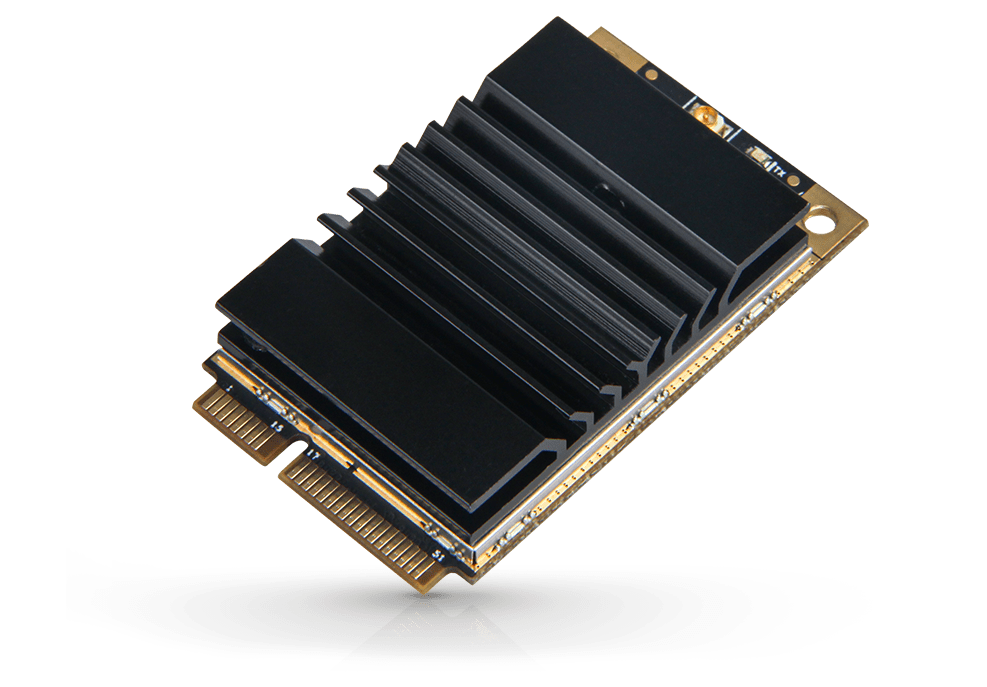The Internet of Things is the modern Industrial Revolution. The alternative of the network of communications that will be used to allow communication between real-world objects is crucial. The LoRa Gateway employs more traditional communications such as wired Internet connections to forward the messages to a network-server which validates the packets and forwards the application payload to an application-server. Devices can also be set up so that they are always listening for messages from their applications, though this obviously requires more power and may be more appropriate for devices that are, say, plugged into a wall socket.
We are ready to provide a USB interface for low power LoRa Gateway designs and connect thousands of sensors in a building or residential community within a range of one mile for outdoor sensor connectivity. At the same time receive LoRa and FSK messages on multiple channels with an excellent -139dBm sensitivity. All these provide public access across the globe to any LoRa node as long as the node. The professional-grade gateway as LoRa Raspberry Pi Gateway with the hacker in mind. For economical prospective gateways are an individual channel and it comes with a fully heatsinked concentrator capable of multi-channel, multi-node communication all running in a friendly, hackable Raspberry Pi environment.
LoRa network plan is based in a star-of-stars topology in which gateways relay messages between end-devices and a central network server. The best LoRaWAN Gateway is connected to the network server via standard IP connections and acts as a transparent bridge, simply converting RF packets to IP packets and vice versa. The cellular communication grabs the benefits of the Long Range characteristics of the LoRa physical layer, allowing a single-hop link between the end-device and one or many gateways. For two-way communication, and there is support for multicast addressing groups to make efficient use of spectrum during tasks and upgrades or other mass distribution messages.
Features and benefits of LoRaWAN Gateway
Best Compliance with LoRa and LoRaWAN specifications
The LoRaWAN Gateway supports end device types Class A, B, and C, GPS clock timing synchronization, channel diversity, spreading factors, and adaptive data rate (ADR). To stay the frequency profile defined for LoRa Alliance such as EU 863-870 MHz, India 865-867 MHz, US 902-928 MHz, Australia 915-928 MHz, and AS 923 MHz.
Fully functional management
It is properly managed by the IoT Field Network (IoT FND). Hold the plan capabilities to automatically download predefined configuration data, configuration file backup and restore, firmware upgrades, IPSEC tunnel setup automation and monitoring, gateway information dashboard, alarm report, and performance statistics.
High-spectrum bandwidth utilization
It has set two of Semtech SX1301 baseband chipsets and supports up to 16 uplink channels allowing 16 data packets to arrive at the same time. The power improves the spectrum utilization up to 4 MHz frequency bandwidth and increases overall system capacity.
Easy channel diversity combination
It holds up several channel diversity combinations via software configurations, such as full diversity and no diversity. For the channel, variety is helpful in finding better radio signal link paths from the endpoint to the LoRa Gateway, especially in deployments requesting geolocation.

